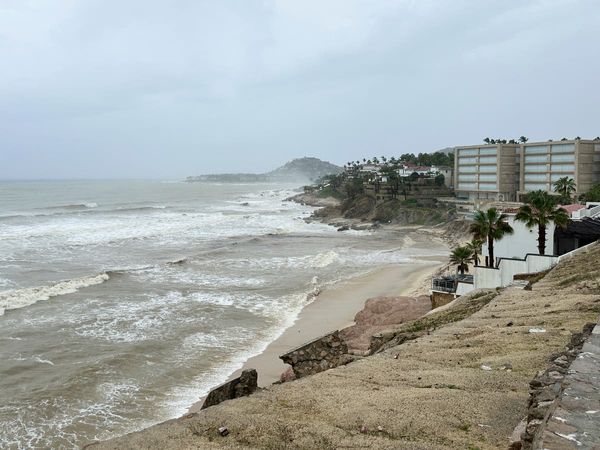
Born in 1824, Samuel Plimsoll lived during a period of rapid changes in sea transport. In the mid 1800s, the term "coffin ship" emerged to evocatively describe the practice of overloading ships with passengers and cargo.
It acquired particular significance during the Great Irish Famine as people were escaping to countries such as Australia and the United States.
Coffin ships carried too many people and, with insufficient supplies, many died from starvation and disease. Even though the Passenger Vessels Act had been passed in Britain, it was not always enforced.
This period was part of the burgeoning shipping trade that had largely begun with European expansion into regions such as the Spice Islands.
In the 1800s, ships built with a composite wrought iron frame and wood planking became common. The strength of the frame allowed more interior space than wooden ships and owners acquired the habit of overloading them.
Space on ships is expensive and journeys lengthy, so the more cargo they could squeeze in, the higher their profits.
If a ship went down with its cargo and crew, that was unfortunate, but their ships were often over-insured, so their losses were covered anyway.
Samuel Plimsoll had been a brewery manager and, after a failed period as a coal dealer, became concerned about the conditions faced by poor people. He grew aware of the coffin ships and, in 1868, he was elected to Parliament.
Plimsoll's first attempts to reform shipping industry were thwarted by shipowners who feared they would be put out of business, and he faced lawsuits.
In 1872 he published "Our seamen", detailing the dangerous conditions endured by British seamen, which triggered a Royal Commission.
Although a bill was subsequently introduced, it was dropped by the prime minister, Benjamin Disraeli.
Eventually, in 1876, Parliament passed the Unseaworthy Ships Bill. With that, ships were marked with the distinctive Plimsoll Line that indicated the safe level of freeboard.
In spite of the obvious need, further progress proved to be slow and the International Load Line wasn't adopted by 54 nations until 1930.
The line actually has several markings to cater for different environments such as Tropical and Fresh Water. These reflect factors such as water temperature, saltiness, time of year and geographic location.
Today, Samuel Plimsoll is well remembered as The Sailors' Friend for his commitment and his lifesaving innovation.
This story makes me think of our current situation, and that perhaps we need a Planetary Plimsoll Line to indicate the safe carrying capacity for the Earth.
Listen to the Fuzzy Logic Science Show at 11am Sundays on 2XX 98.3FM.
Send your questions to AskFuzzy@Zoho.com Twitter@FuzzyLogicSci
We've made it a whole lot easier for you to have your say. Our new comment platform requires only one log-in to access articles and to join the discussion on The Canberra Times website. Find out how to register so you can enjoy civil, friendly and engaging discussions. See our moderation policy here.







